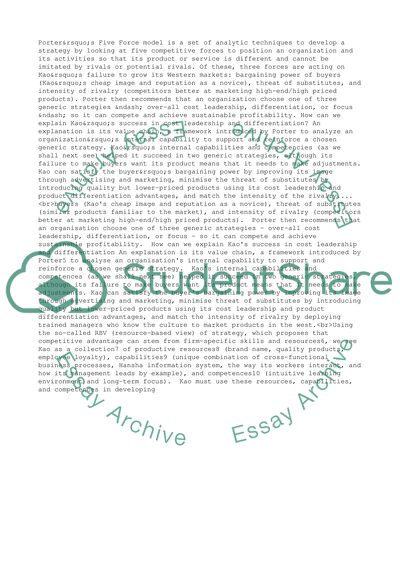Cite this document
(“The History of the Management in Business Essay”, n.d.)
Retrieved from https://studentshare.org/management/1520861-management-case-study
Retrieved from https://studentshare.org/management/1520861-management-case-study
(The History of the Management in Business Essay)
https://studentshare.org/management/1520861-management-case-study.
https://studentshare.org/management/1520861-management-case-study.
“The History of the Management in Business Essay”, n.d. https://studentshare.org/management/1520861-management-case-study.


